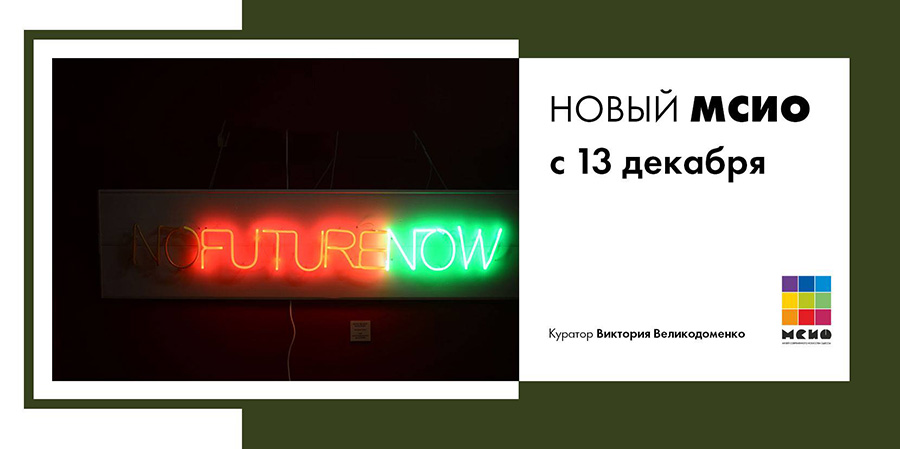New MoOMA from 13 December 2017
17.12.2017 2023-11-13 16:53New MoOMA from 13 December 2017

The Museum of Modern Art presents a fundamentally new exposition, actualizing artistic problems through the prism of Odesa art.
One of the key tasks of modern museums is to find new forms of interpreting the collection and interacting with the viewer. For MoOMA, a kind of experiment is the transfer from one context to another of notable phenomena in the history of our city’s art: the Odesa painting school of the 1960-70s; the work of Oleg Sokolov, the first Soviet abstractionist from Odesa; the first unauthorised exhibition in the USSR, Sychik + Khrushchik (1967) and its participants Valentin Khrushchik. ) and its participants Valentin Khrushch and Stanislav Sychev; flat exhibitions in the mid-70s of artists whose nonconformism manifested itself at the level of communication and the creation of an alternative artistic language; the conceptual movement of the generation of the 80s, ironising the absurdity of Soviet reality. All these phenomena are removed from the environment supporting their myth and placed in dialogue with artists of the official circle.
The MoOMA collection covers art from the second half of the twentieth to the twenty-first centuries. This raises another relevant question that arises not only at the local level. What should we focus on in defining the concept of “contemporary art” – time frames, new media, intellectual component, form of presentation? Is it Modern and (or) Contemporary?
The boundaries of art-critical discourse are dynamic, and global cultural diversity fuels this discursive field.
Modern, non-modern… What should we even call art? Today, literally everything is integrated into an artistic context, and the emphasis has shifted from the “finished work in a frame” to process and communication. Contemporary authors are opening us up to the aesthetics of scientific research, video games and virtual reality. They make the social and economic context the content of their works, challenging the consumer society. By defining and visualizing verbal clichés, they create a language game.
Do such works have artistic value? And what is it measured by – the assessment of the expert community, the placement of an artifact in a museum, market value or viewer recognition? Artistic value is an unstable, variable category, which each successive generation defines in its own way.
One of the criteria of quality of a work of art for many people is its transparency for understanding. Faced with the hermetic language of contemporary art, the viewer tends to reject it and negatively evaluate it. On the other hand, this lack of understanding can serve as an effective mechanism for stimulating consciousness. Interaction with art is as much work for the viewer as it is for the artist.
Their roles today are noticeably transformed. The contemporary artist becomes a researcher who draws the public’s attention to problems that have been pushed beyond its interests. He creates not so much a work as sets the context in which he engages the viewer.
Art is open to interpretation. By endowing a multi-layered work with its own meaning, the viewer becomes a creator. He turns from a passive observer into an active participant in the contemporary artistic process. But sometimes art forces the viewer to step out of his comfort zone. An artist can go far enough, desacralising religious symbols, exploring the phenomenon of violence or gender issues. Society is not always ready to accept an author’s gesture as artistic.
Art reflexion aims at rethinking stereotypical forms. Artists remove taboos and show their conventionality, provoke discussion and create space for dialogue. Art is not confined to intra-artistic problems and goes beyond its own limits.
